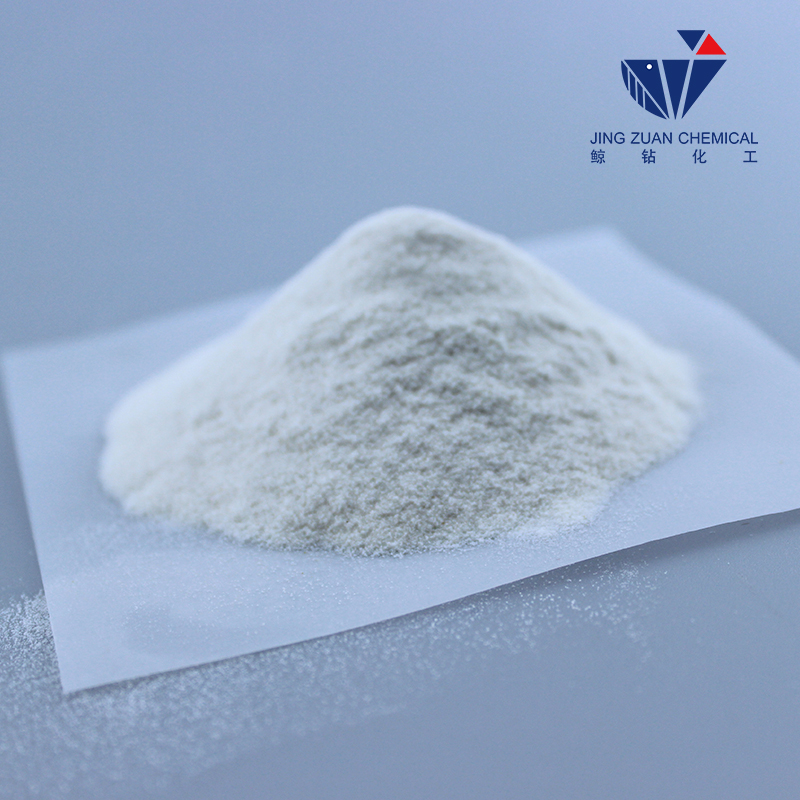
Lie . 11, 2024 15:13 Back to list
Production process of hydroxyethyl cellulose and its manufacturing methods explained in detail
Hydroxyethyl cellulose (HEC) is a versatile polymer that is widely used in various industries such as pharmaceuticals, cosmetics, and construction. Have you ever wondered how HEC is made? Let's take a look at the manufacturing process of this important cellulose derivative.
HEC is a cellulose ether that is synthesized by the reaction of cellulose with ethylene oxide, followed by the hydroxyethylation of the cellulose backbone. The first step in the production of HEC involves the extraction of cellulose from wood pulp or cotton. The cellulose is then reacted with ethylene oxide in the presence of an alkaline catalyst to form hydroxyethyl cellulose.
The hydroxyethylation reaction involves the substitution of the hydroxyl groups on the cellulose backbone with hydroxyethyl groups. This process is carried out in a controlled manner to ensure that the desired degree of substitution is achieved, which determines the properties of the final HEC product. The reaction is typically carried out under carefully controlled conditions of temperature, pressure, and reaction time.
Once the hydroxyethylation reaction is complete, the HEC product is typically purified and dried to remove any impurities and moisture. The resulting HEC powder can then be further processed into various forms such as solutions, gels, or powders, depending on the intended application

how is hydroxyethyl cellulose made. HEC is known for its excellent thickening, stabilizing, and film-forming properties, which make it an essential ingredient in many products. In the pharmaceutical industry, HEC is used as a thickener in oral liquids, ointments, and creams. In the cosmetics industry, HEC is used in skin care products, hair care products, and makeup formulations. In the construction industry, HEC is used in cement and mortar formulations to improve workability and water retention. Overall, the production of hydroxyethyl cellulose involves a series of carefully controlled chemical reactions that transform cellulose into a valuable polymer with a wide range of applications. The versatility and performance of HEC make it an indispensable ingredient in many consumer and industrial products. In conclusion, hydroxyethyl cellulose is made through a series of chemical reactions that modify the cellulose molecule to impart specific properties and functionalities. The careful control of these reactions and the purification of the final product ensure the high quality and consistency of HEC for use in various industries. The unique properties of HEC make it a valuable ingredient in a wide range of products, from pharmaceuticals to cosmetics to construction materials.

how is hydroxyethyl cellulose made. HEC is known for its excellent thickening, stabilizing, and film-forming properties, which make it an essential ingredient in many products. In the pharmaceutical industry, HEC is used as a thickener in oral liquids, ointments, and creams. In the cosmetics industry, HEC is used in skin care products, hair care products, and makeup formulations. In the construction industry, HEC is used in cement and mortar formulations to improve workability and water retention. Overall, the production of hydroxyethyl cellulose involves a series of carefully controlled chemical reactions that transform cellulose into a valuable polymer with a wide range of applications. The versatility and performance of HEC make it an indispensable ingredient in many consumer and industrial products. In conclusion, hydroxyethyl cellulose is made through a series of chemical reactions that modify the cellulose molecule to impart specific properties and functionalities. The careful control of these reactions and the purification of the final product ensure the high quality and consistency of HEC for use in various industries. The unique properties of HEC make it a valuable ingredient in a wide range of products, from pharmaceuticals to cosmetics to construction materials.
Latest news
-
Versatile Hpmc Uses in Different Industries
NewsJun.19,2025
-
Redispersible Powder's Role in Enhancing Durability of Construction Products
NewsJun.19,2025
-
Hydroxyethyl Cellulose Applications Driving Green Industrial Processes
NewsJun.19,2025
-
Exploring Different Redispersible Polymer Powder
NewsJun.19,2025
-
Choosing the Right Mortar Bonding Agent
NewsJun.19,2025
-
Applications and Significance of China Hpmc in Modern Industries
NewsJun.19,2025
Related PRODUCTS







